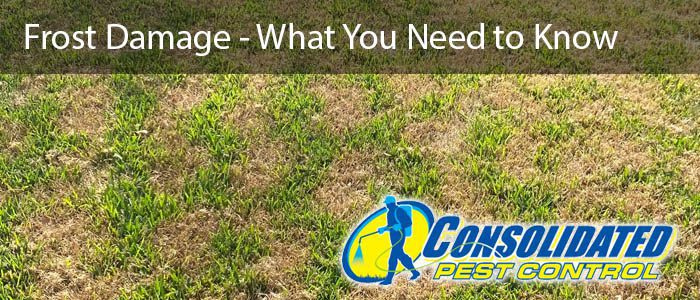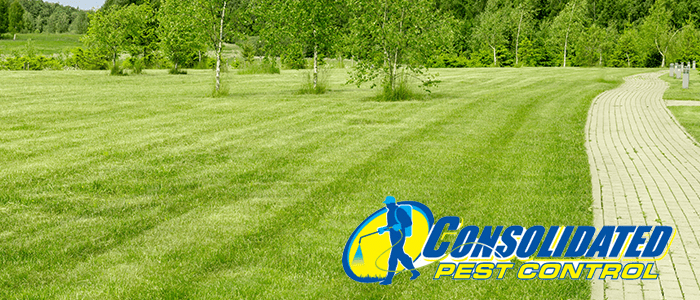
It is said that two of Christopher of Columbus’ ships became so infested with termites that they sank during his final expedition. Termites are one of the most destructive insect pests of the entire world, with the Formosan termite along causing a third of the damage that is caused by all invasive insects—and termites are only found within 40 degrees north and south of the Equator. It’s important to protect your home from these creatures before they cost you serious money. Here are a few tips to help implement proper termite control in your home.
Colony Structure
The termite colony is made up of the queen, soldiers, and workers. The Queen is dangerous and can reproduce very quickly. The queen can lay more than 2000 eggs per day and live to age 25. Because of this, it’s very important that any pest control measures reach the queen.
The soldiers are the ones that you will usually notice first. They are the ones that protect all the other termites. They are large with dark heads and strong jaws for biting. The worker termites are the ones actively destroying your home. They chew wood for their whole lives. These termites are also responsible for building and maintaining the nest. They are a creamy color.
Termite Species
- There are only about 10 species of termites known in Europe, and there are about 50 known species in North America. But in South America, there are more than 400 known species.
- There are three types of termite—drywood, dampwood, and subterranean.
- As their name implies, subterranean termites, which include the Formosan variety, infest homes from the ground up, directly into damp or damaged wood, or through mud tubes they build along concrete foundations or through crawlspaces.
Typical behavior
Understanding termite behavior will help with pest control. Termites actually live in a couple of different places. They may be living inside the wood itself, but could also be living under the ground. They need to have a connection to moisture, so they don’t dry out. Termites don’t need much room to get in and can enter your home through small spaces. If you have a crack in your foundation that is only as thin as a business card, termites will be able to get in.
How to Protect Your Home
There are things that you can do and watch out for to protect your home from termites.
Look for Signs of Infestation
If you have wood that sounds hollow when you tap it, you could have an infestation. Mud tubes on exterior walls and distorted paint over wood are also signs of an infestation. Watch decks and fences for damage.
Inspect your Home
Look for gaps where termites can enter. Pay special attention to window joints, attic vents, and eaves. Make sure to seal these cracks and gaps. Correct problem areas. Make sure to eliminate moisture and mulch near your house. These areas are very attractive to termites. Keep your downspouts and gutters clean.
Work with a Professional
One of the best forms of proper termite control is working with a professional pest control company. A professional can help you find and correct problem areas you have around your home. They can also identify termites accurately and treat your problem quickly to avoid further damage.








